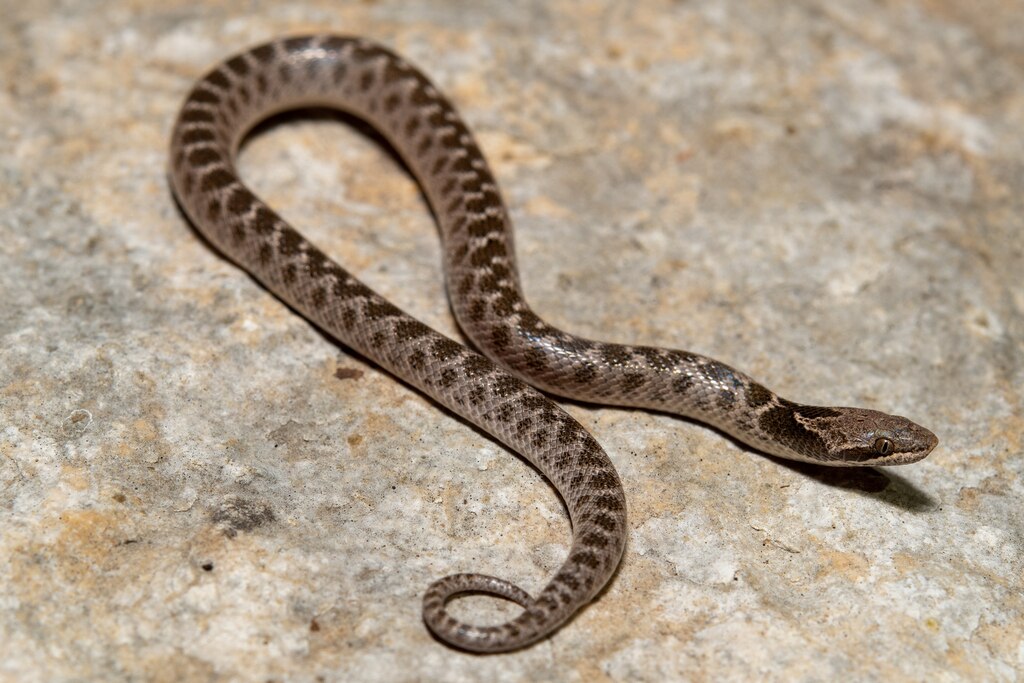When setting up a home for your serpentine companion, the details matter more than you might think. Snake enclosures aren’t just glass boxes—they’re complex ecosystems that directly impact your pet’s health, behavior, and longevity. While many new snake owners focus on the basics like size and heating, several crucial design elements often go overlooked. These seemingly minor details can make the difference between a stressed snake constantly seeking escape and a content, thriving pet displaying natural behaviors. Let’s explore five commonly overlooked aspects of snake tank design that deserve your attention before your scaled friend moves in.
Proper Gradient Temperatures
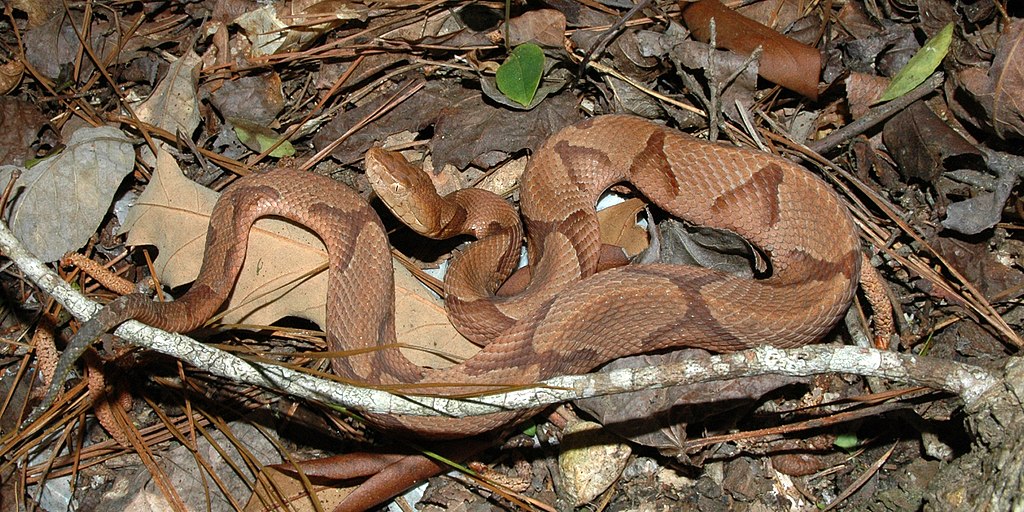
Many snake owners make the critical mistake of creating uniform heat throughout the enclosure rather than establishing a proper temperature gradient. Snakes need varying temperatures within their habitat to thermoregulate effectively—moving between warmer and cooler areas as their bodies require. A well-designed snake enclosure should feature a distinct warm side (typically 85-90°F for most species) and a cooler side (usually 75-80°F), allowing your pet to choose its optimal temperature. This temperature differential is essential for proper digestion, immune function, and overall metabolic processes. Without this gradient, snakes may experience chronic stress, digestive issues, or even develop respiratory infections as they cannot escape heat when needed.
Inadequate Climbing Opportunities
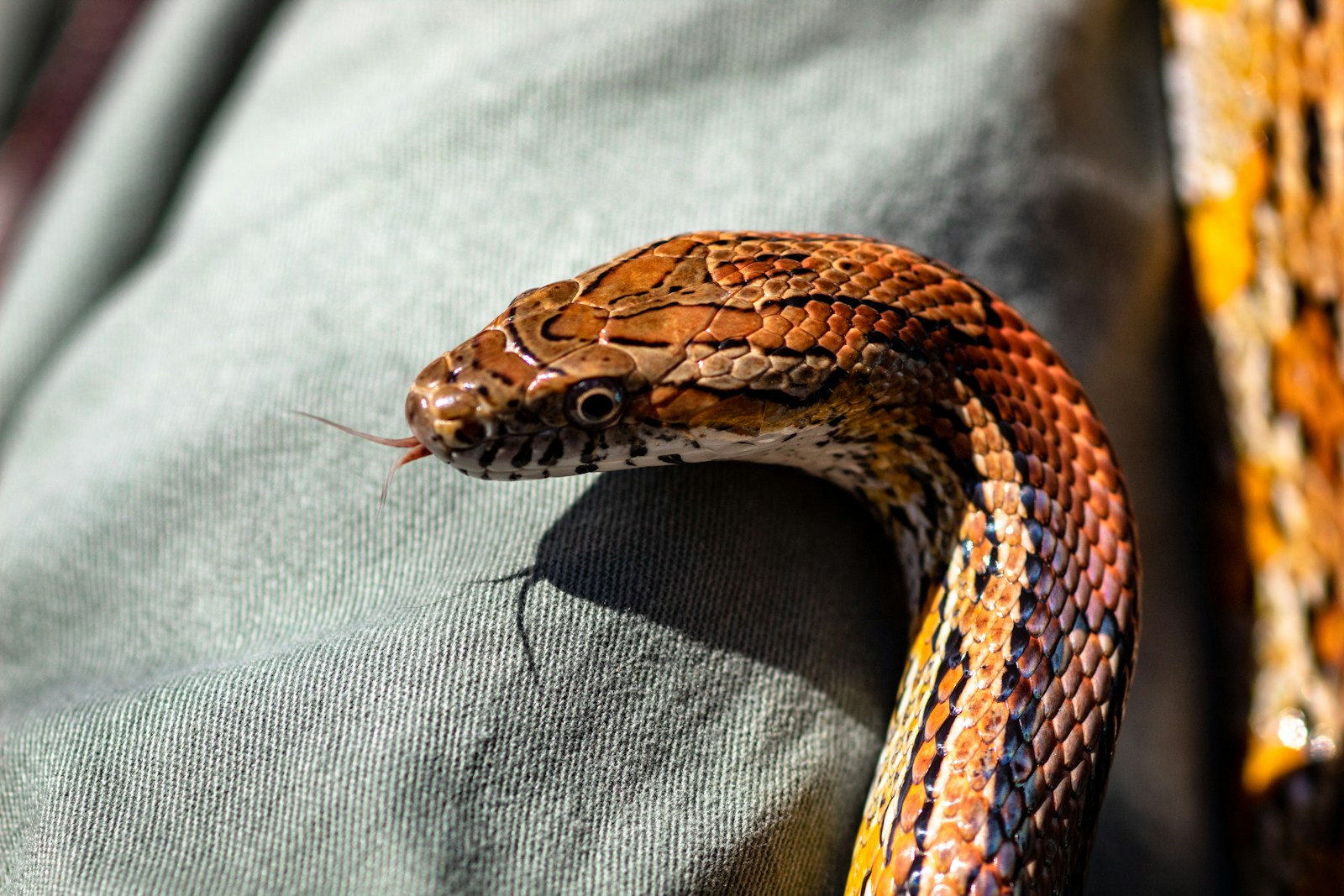
Even species not traditionally considered arboreal often appreciate and utilize climbing structures when provided. Many snake owners underestimate their pet’s natural climbing behaviors, particularly with species like corn snakes, king snakes, and even some python species that are semi-arboreal in the wild. Secure branches, cork bark pieces positioned vertically, and specialized reptile climbing accessories add valuable vertical space that enriches your snake’s environment. These climbing opportunities provide exercise, mental stimulation, and additional usable space in the enclosure. Additionally, climbing structures can help with shedding as snakes naturally rub against rough surfaces to remove old skin, making them both functional and enriching additions to your snake’s habitat.
Insufficient Hide Boxes
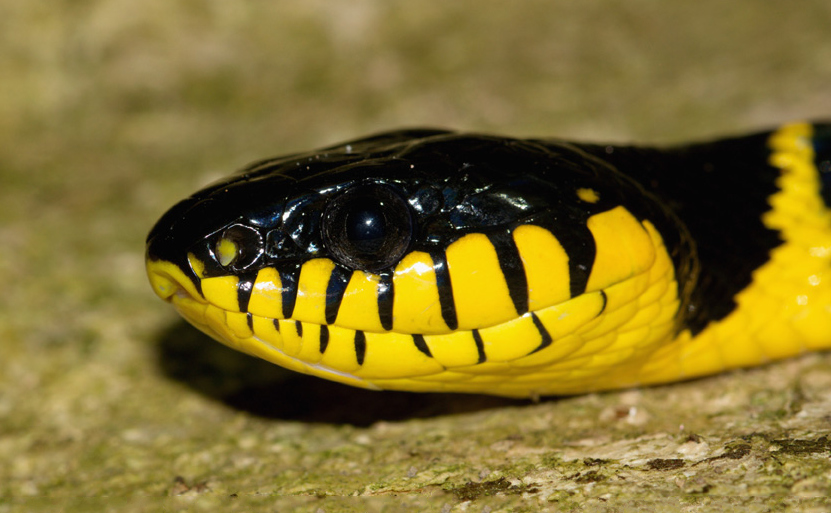
One of the most common oversights in snake enclosure design is providing only a single hide box, typically on the warm end of the tank. In nature, snakes spend much of their time concealed from predators and the elements, making security a fundamental need for their psychological wellbeing. A properly designed snake habitat should include at least two hide boxes—one on the warm side and another on the cool side of the temperature gradient. This setup allows your snake to remain hidden while still being able to thermoregulate effectively. Without multiple hides, snakes often face the impossible choice between feeling secure and maintaining proper body temperature, leading to chronic stress. The hiding spots should be snug (with the snake able to touch the sides and top when inside) and have only one entrance to provide maximum security.
Poor Substrate Depth Considerations

The depth of substrate in a snake enclosure is rarely given enough thought, yet it significantly impacts your pet’s comfort and natural behaviors. Many species, particularly those with burrowing tendencies like sand boas or ball pythons, benefit from substrate depths of 3-4 inches or more. Shallow substrate prevents these natural burrowing behaviors and can leave snakes feeling exposed and stressed. Beyond behavioral needs, proper substrate depth helps maintain appropriate humidity levels by holding moisture below the surface while keeping the top layer drier. This moisture gradient is particularly important for species from tropical environments and crucial during shedding periods. Additionally, deeper substrate can improve thermal insulation in the enclosure, contributing to more stable temperatures throughout the habitat.
Neglecting Visual Security

The transparent nature of glass tanks creates an often-overlooked stressor for many snake species—the lack of visual security from all sides. In the wild, snakes are rarely exposed on all sides, instead having solid ground beneath them and visual barriers like vegetation or terrain features around them. A tank with clear glass on all sides can leave a snake feeling perpetually exposed and vulnerable, leading to stress behaviors like constant hiding, reduced feeding, or excessive exploration seeking escape. Covering three sides of the enclosure with background materials not only improves your snake’s sense of security but also enhances the aesthetic appeal of the setup. Background options include commercially available reptile backgrounds, natural cork panels, or even simple black poster board secured to the outside of the tank.
Inappropriate Light Cycles
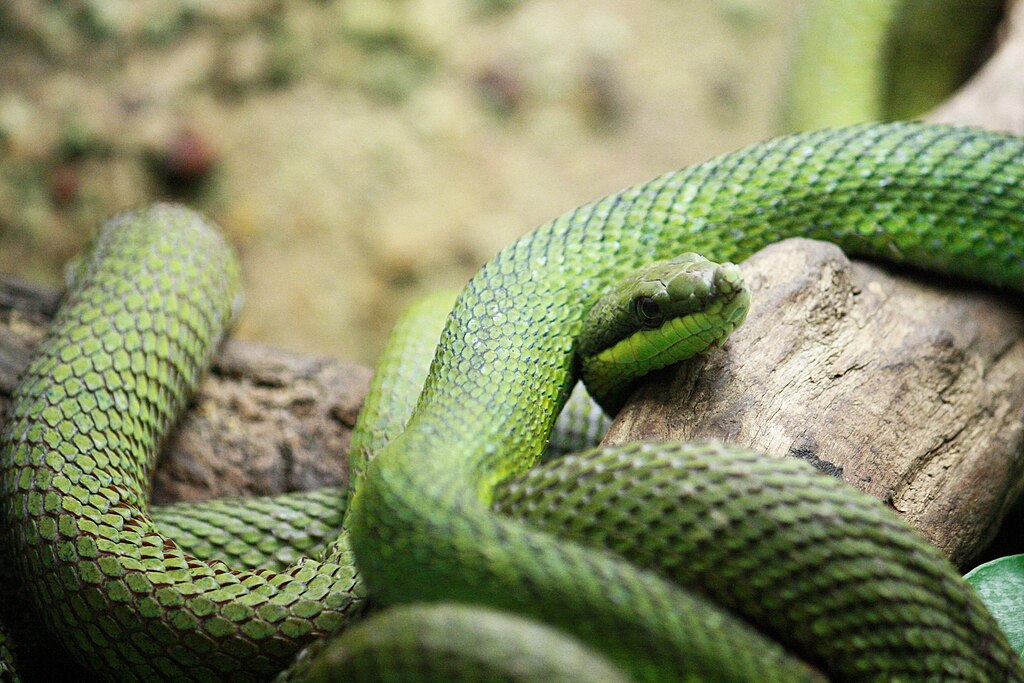
While many owners focus on heating equipment, they often overlook the importance of establishing proper light cycles that mimic natural day-night patterns. Snakes, like all reptiles, have evolved with the day-night cycle of their native habitats, and disrupting this pattern can impact their behavior and health. Keeping enclosure lights on for too long or at irregular hours disrupts your snake’s circadian rhythm, potentially causing stress, feeding issues, and irregular activity patterns. Most snake species benefit from a consistent 12-14 hour light period followed by complete darkness. It’s important to avoid using colored “night lights” that are marketed for reptiles, as many snakes can still detect these and may interpret them as continued daylight, preventing proper rest periods.
Water Bowl Size and Placement
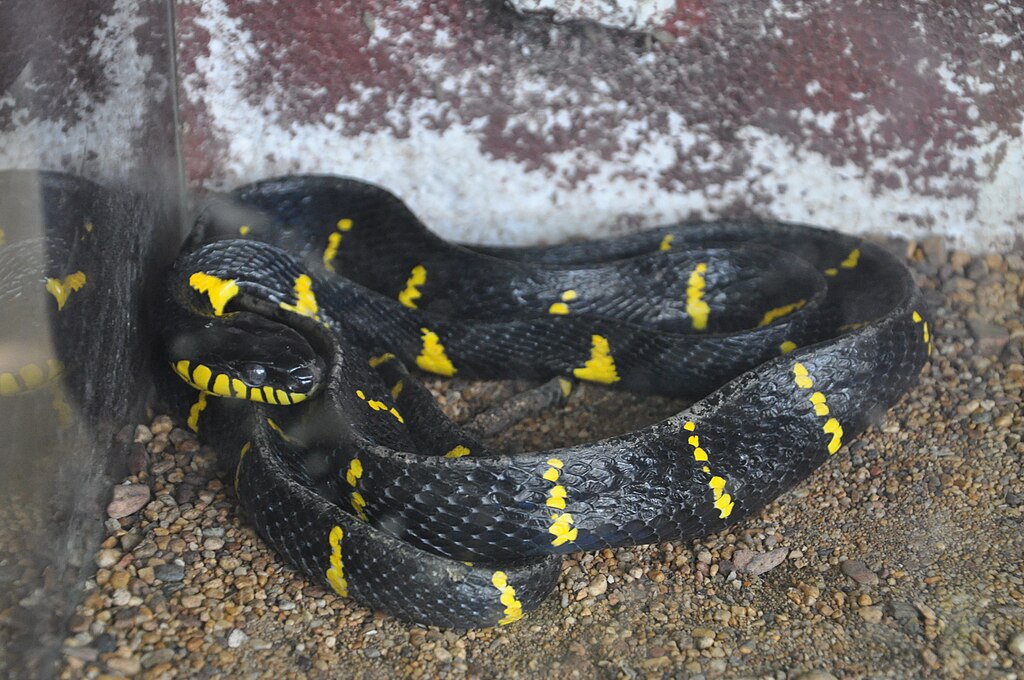
The humble water bowl is frequently undersized or poorly positioned in snake enclosures, limiting its utility for the animal. Many snake species utilize their water bowl not just for drinking but also for soaking, particularly before shedding or when needing to increase hydration. A properly sized water dish should be large enough for your snake to comfortably fit at least one-third of its body into the water. The placement of the water bowl also matters significantly—it should typically be located on the cooler side of the enclosure to prevent rapid evaporation and to avoid raising humidity levels too much on the warm side. Additionally, heavy ceramic dishes are preferable to lightweight plastic options as they’re less likely to be tipped over during your snake’s normal movements around the enclosure.
Ignoring Species-Specific Humidity Needs

Generic humidity levels are often applied across different snake species without consideration for their natural habitat requirements. This one-size-fits-all approach can lead to severe health issues, particularly respiratory infections or problematic shedding. Desert-dwelling species like sand boas or hognose snakes generally require lower humidity levels (30-50%), while tropical species such as rainbow boas or ball pythons need much higher humidity (60-80%). Creating appropriate microclimate zones within the enclosure can help meet these needs without making the entire environment too wet or too dry. Humidity control goes beyond simply misting the enclosure—it requires thoughtful substrate selection, strategic ventilation management, and sometimes specialized equipment like automatic misting systems for high-humidity species.
Overlooking Natural Behaviors in Design
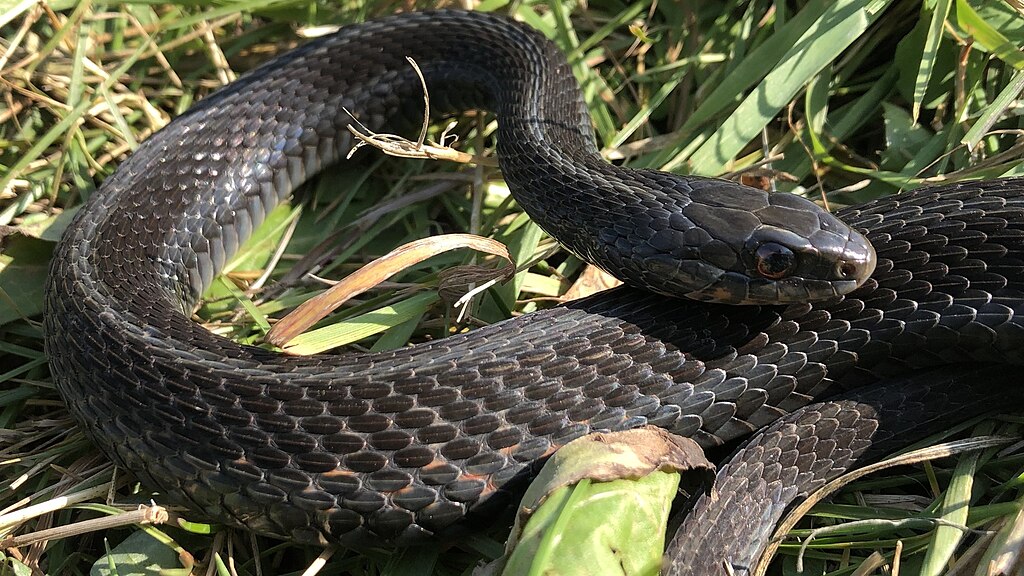
Many enclosures are designed around human aesthetic preferences rather than the natural behaviors and instincts of the snake species. Understanding how your specific snake species moves, hunts, rests, and interacts with its environment in the wild should inform every aspect of enclosure design. For instance, arboreal species like green tree pythons need more vertical space with secure perching branches, while terrestrial species like corn snakes benefit from more floor space with occasional low climbing opportunities. Burrowing species require substantial substrate depth, while ambush predators appreciate dense foliage or cover to hide within. Designing with these natural behaviors in mind not only improves your snake’s welfare but often results in a more visually interesting and naturalistic enclosure that showcases your pet engaging in its natural behaviors.
Underestimating Growth Potential

New snake owners frequently design enclosures for their pet’s current size rather than planning for their eventual adult dimensions. This shortsighted approach leads to premature tank upgrades or, worse, keeping growing snakes in increasingly cramped quarters. Species like boa constrictors or Burmese pythons start small but can grow to impressive sizes requiring massive enclosures. Even more modestly-sized species like ball pythons or corn snakes still need substantial space as adults. A good rule of thumb is that an adult snake’s enclosure should allow it to fully stretch out along at least two sides of the tank (for example, if the tank is 4 feet long, it should also be at least 2 feet wide). Planning for adult size from the beginning—even if you temporarily partition the space for a juvenile—saves money and stress in the long run.
Inadequate Securing Mechanisms
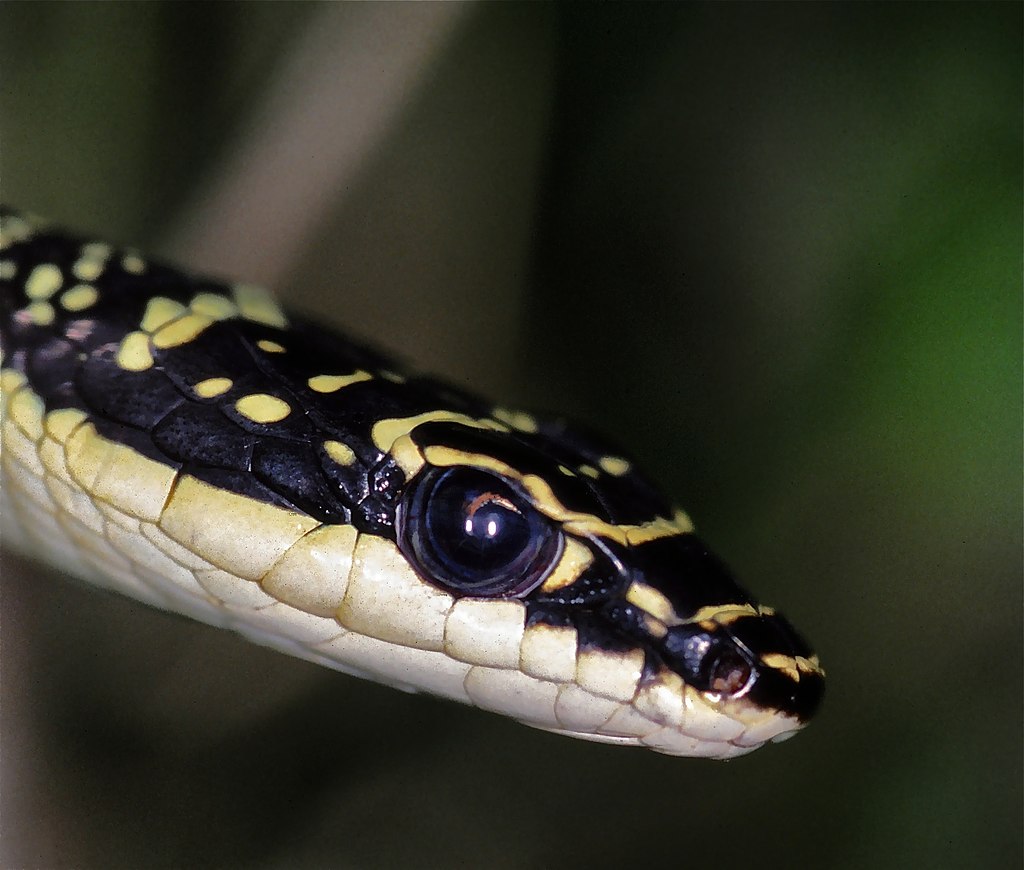
The security of tank lids and doors is frequently underestimated by new snake owners until they experience their first escape. Snakes are surprisingly powerful and incredibly determined escape artists, capable of exploiting the smallest gaps or pushing up against seemingly secure lids. Many commercial aquarium-style tanks come with basic screen tops held by small plastic clips that are woefully inadequate for containing most snake species. Proper enclosure security should include heavy-duty locks or latches, with no gaps larger than the smallest part of your snake’s body. Sliding glass doors should have secure locks, and any cables entering the enclosure for heating or lighting should pass through specially designed ports rather than creating gaps. Beyond preventing escape, proper securing mechanisms also protect your snake from potential household dangers and prevent curious children or other pets from accessing the enclosure.
Poor Ventilation Design
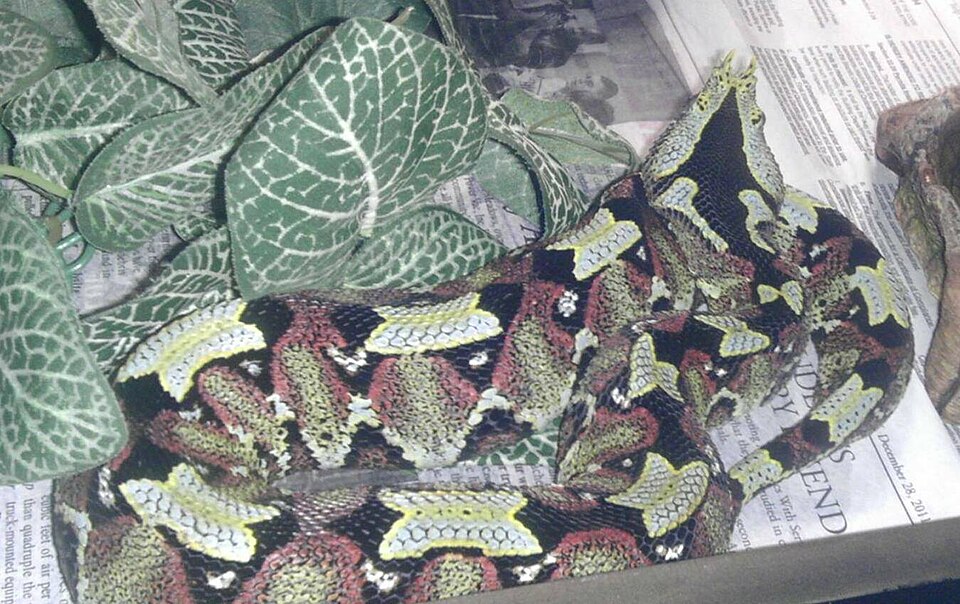
Ventilation is one of the most technically challenging aspects of enclosure design that many snake owners overlook or implement incorrectly. Poor ventilation can lead to stagnant air, excessive humidity, and dangerous buildup of bacteria or mold. Conversely, too much ventilation can make maintaining proper humidity levels nearly impossible, especially for tropical species. Ideal ventilation creates a subtle air exchange without drafts or rapid humidity loss. This typically involves strategically placed vents with some near the top of the enclosure to allow warm, humid air to escape and others lower down for fresh air intake. The size and location of these vents should be customized based on your specific snake species, local climate, and enclosure type. For glass tanks with screen tops, covering portions of the screen with acrylic or similar materials can help balance ventilation with humidity retention.
Conclusion: Creating a Thoughtful Serpent Sanctuary

Designing the ideal snake enclosure requires looking beyond the obvious elements to consider the subtle details that truly impact your pet’s quality of life. By addressing these commonly overlooked aspects of tank design—from proper temperature gradients and multiple secure hides to appropriate substrate depth and species-specific accommodations—you create not just a container, but a sanctuary tailored to your snake’s natural behaviors and biological needs. Remember that the best enclosures evolve over time as you learn more about your individual snake’s preferences and habits. The investment in thoughtful design pays dividends in your snake’s health, longevity, and the natural behaviors you’ll get to observe from your contented serpentine companion. Your snake may not be able to thank you verbally for your attention to these details, but their thriving condition and calm, curious behaviors will speak volumes.

